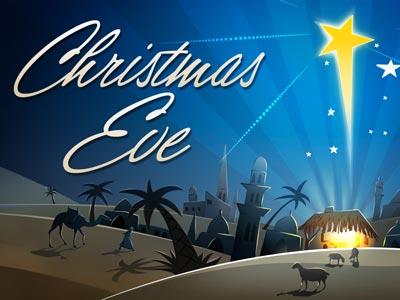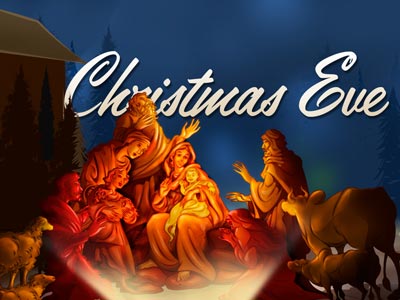-
Narnia: The Power Of A Story That Is True
Contributed by Jim Barnes on Nov 28, 2017 (message contributor)
Summary: A Christmas Eve message utilizing the film version of "Chronicles of Narnia: The Lion, the Witch and the Wardrobe" and the conversion of C.S. Lewis as tools for challenging listeners to decide whether the Christmas story is truth or fiction.
Title: “The Power of a Story That Is True”
Text: Matthew 1:18 - 2:23
Date: December 24, 2005 (Christmas Eve)
People love good stories don’t they? If they didn’t, books and movies wouldn’t be so popular. There’s just something about a good story that stirs our emotions and moves us in a way that nothing else can - that’s why we cry when we see sad movies and remember stories we heard as little children as if we had just heard them yesterday. And because stories are such a powerful force in our lives, tonight, I’d like to draw your attention for a moment to a collection of seven stories that have captured the imagination of millions during the past fifty years.
I’m talking, of course, about the seven books called the "Chronicles of Narnia," the most famous of which is "The Lion, the Witch and the Wardrobe" which was recently made into a blockbuster movie that opened in theaters all over the place a few weeks ago.
Now I just need to let you know up front that the Narnia books were written by a Christian author named C.S. Lewis and they have always been a favorite at our house.
In fact, twice during the past ten years, when my kids were younger, I actually read all seven books out loud to my children before they went to bed. And as my kids can tell you, when you listen to me read the "Chronicles of Narnia," you’ve got to pay close attention, because you never know when I’ll suddenly stop reading and ask for a quick “symbolism check!”
You see, even though the Narnia stories are fictional, they are filled with symbols and images which closely mirror the great truths that are found in the Christian faith. For example:
Aslan, the great talking lion who appears in several of the books, is clearly a representation of Jesus. Similarly, characters like the White Witch in "The Lion, the Witch and the Wardrobe" and Tash in some of the later books represent evil. And, of course, the children who frequently appear in the seven books represent people like us who struggle with sin, faith and the ability to believe in things which they cannot see.
Now given that the Narnia stories are so filled with Christian symbols and imagery, whenever I would read them to my kids, I would often stop right in the middle of a paragraph and say “symbolism check,” and at that point, one of my kids would need to be able to tell me how the particular thing I’d just read in the story taught us something about our real Christian faith.
Of course, until I got the answer from somebody, we wouldn’t move on to the next paragraph, and as a result, this little habit of mine could get quite frustrating if we were right in the middle of suspenseful chapter!
But anyway, because the Christian images in the "Chronicles of Narnia" are so clear and obvious, I was really happy a few weeks ago when I saw the movie and discovered that the Hollywood film makers chose to leave most of Christian symbolism in the film.
You see, in "The Lion, the Witch and the Wardrobe," the fictional country of Narnia has fallen under the influence of the evil White Witch who has placed the land in a state of perpetual winter. In fact, the best way to describe Narnia is summed up by one of the characters in the book when he says, “Why it is she that has got all Narnia under her thumb. It’s she that makes it always winter. Always winter and never Christmas; think of that!”
Now as somebody who once lived in Chicago, I can relate to that description. “Always winter and never Christmas” sounds a lot like the time from January right up into the month of May when you live up north! It’s a time when everything is cold and gray and it seems like the Spring will never come.
Anyway, as the story goes, there is One who has the power to defeat the evil White Witch, and in the story he is Aslan, the great Lion who is referred to as “the son of the Emperor from across the Sea.” In the story, Aslan is quite obviously a symbol of Jesus who is described in the Bible as the “Lion of Judah.”
In both the book and the movie, as the creatures who live in Narnia hear that “Aslan is on the move,” the ice and snow that has covered the ground for a hundred years begins to melt, the trees once again start blooming, and Father Christmas appears bearing gifts for those who had been forgotten.
Thus, the book and the movie both draw many strong parallels between what Aslan does for the creatures of Narnia and what the Lord does for the world. And although "The Lion, the Witch and the Wardrobe" is just a story, it is a fictional story which does much to remind us of the “real story” of Christmas which is given to us in the pages of scripture.

 Sermon Central
Sermon Central



